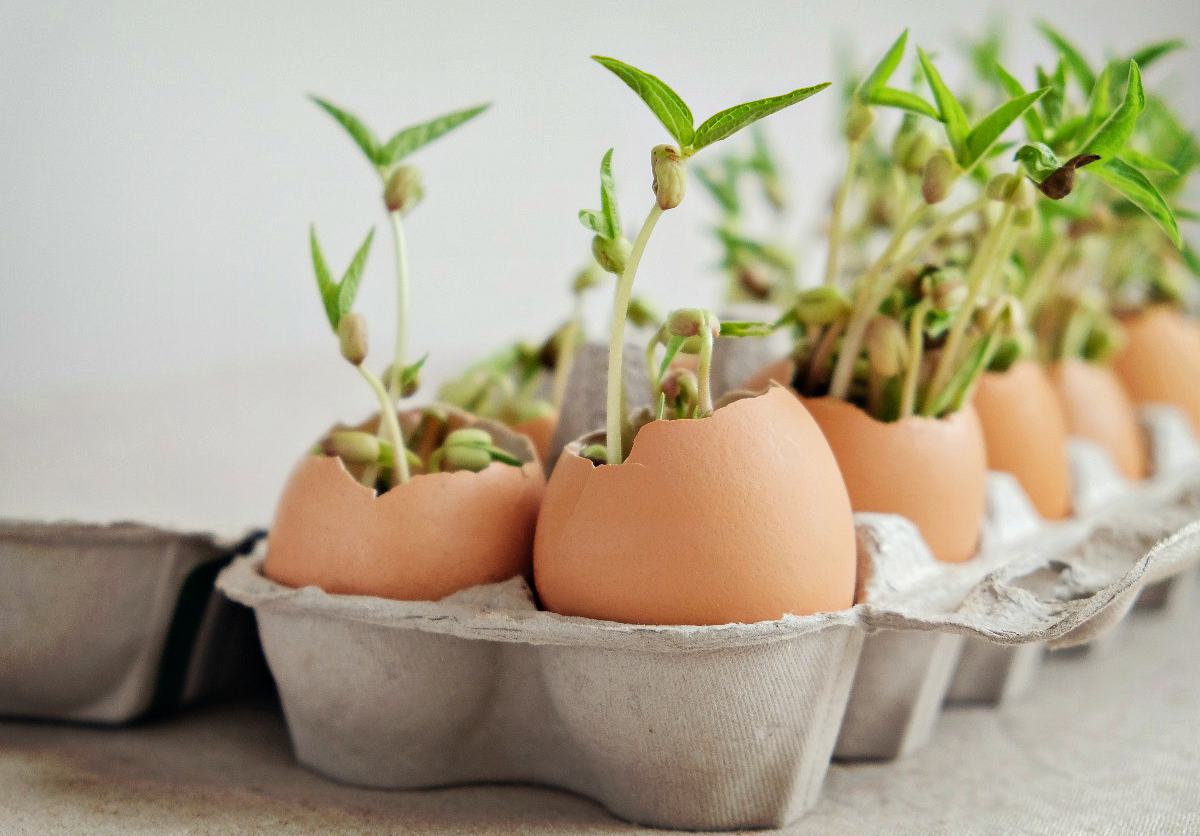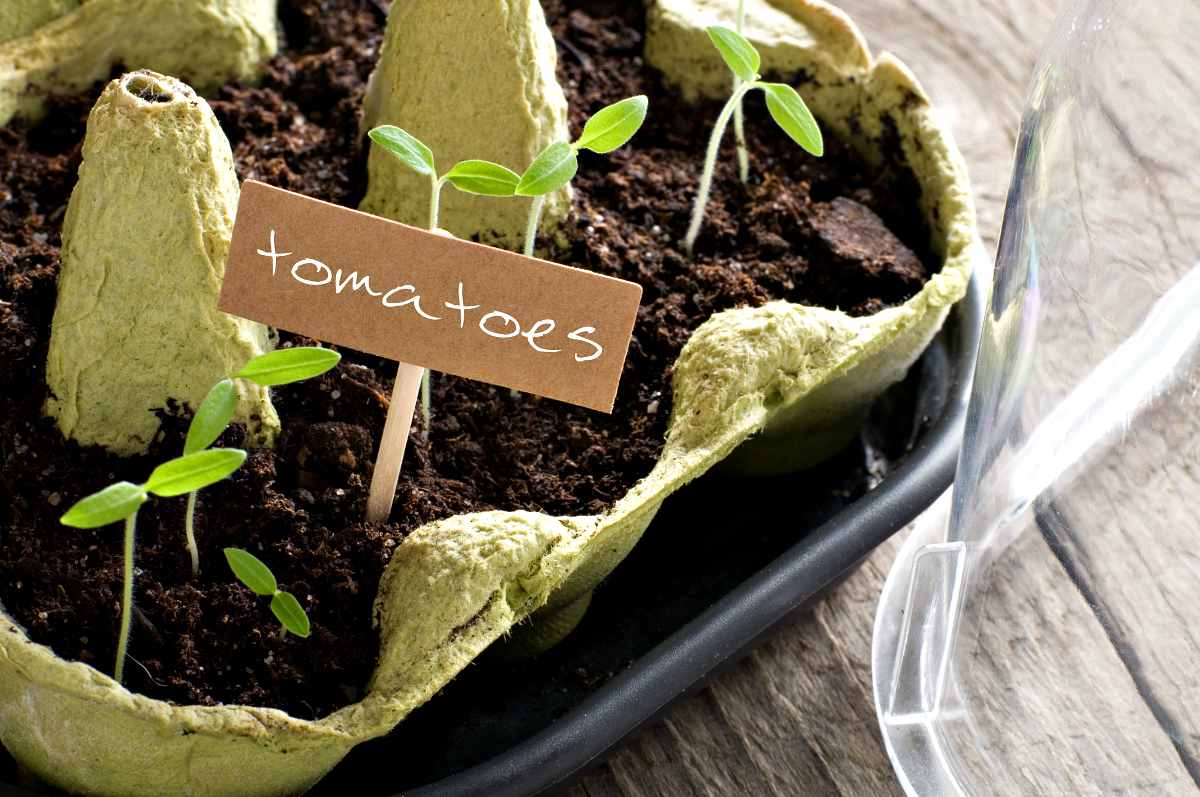Welcome the spring with newly germinated seedlings using only egg cartons and shells!
RELATED: How To Raise Quail For Eggs And Meat
Learn How to Use Egg Cartons and Shells to Grow Seeds
Using Eggshells to Start Your Seeds
If you have an empty egg carton material lying around, you can use it to begin growing your garden. Now is the right time to do so as spring is just around the corner.
In this blog post, you will learn two methods on how to do it.
Let’s begin with eggshells. The great thing about this project is nothing ever goes to waste.
The eggshells will hold the healthy plant while the empty egg carton box can keep the shells in place and safe.

Once the seed starts to germinate and grow, you can plant the entire shell into the soil. The shell may also help provide additional nutrients to the plant.
Directions:
- Save your eggshells. Rinse them, so they won’t become sticky or smelly.
- Add soil to the eggshells. You want to be sure to use seed-starting soil. This is a lighter soil that allows the root system to grow freely through the plant so it becomes strong and healthy.
- Add the seeds to the soil and slightly push down just until it covers fully the seeds. Make sure you don’t push them too deep. Otherwise, it will take longer for your seedlings to germinate.
- Water your seeds preferably with a spritzer bottle, especially for very small ones, so it doesn’t push the seeds too deep into the soil. Keep the soil moist but not soaked. Carefully poke a tiny hole perhaps with a nail at the bottom of the eggshell for water drainage.
- If you really want to give your seeds a jump start, place the eggshells in plastic egg cartons, which act as mini-greenhouses, and put the lid on. Once your seeds sprout, remove the lid so mold does not develop.
- Put them in a sunny window and enjoy watching them grow.
What Is a Greenhouse? It is a structure that can help protect the plants from environmental elements and regulate warm temperatures.
If your weather is ready for planting, then put the plant into the soil, eggshell and all!
RELATED: 10 Gardening Tips And Tricks You Can Use Right Now!
Using Egg Cartons to Start Your Seeds
If you find using eggshells a hassle or you don’t have them, go straight with egg cartons. They will still help you germinate seeds inside your home.
Materials:
- Paper egg carton
- Potting soil
- Seeds
- Toothpicks
- Plastic wrap

Note: You can use the dimples within the egg cartons as individual seed-starter pots.
Directions:
- Take an empty cardboard egg carton and poke a small hole in the bottom of each dimple to allow for water drainage.
- Fill each individual dimple with seed-starting soil.
- Plant seeds according to the planting-depth instructions (found on the back of the packet) in each individual dimple.
- Mist with water regularly keeping the soil moist (but not soaked). You may want to keep the carton on a plate so the water doesn’t go everywhere.
- To give extra warmth and humidity (if needed), cover the top of the egg carton with plastic wrap, which can work as a little tent. To prop it up, position toothpicks in the middle of the clear egg carton.
- Place the carton in a sunny spot and watch the plants grow!
- Once the seeds start to sprout, cut apart the individual dimples and plant the seedlings straight into your prepared garden or pot. There is no need to remove the sprouting seed from the carton—just plant the whole thing!
Check out this video from eHow Garden to learn more about how to plant seeds in egg cartons:
There you have it — two easy, earth-friendly, and cheap egg carton crafts you can do today. All you need to do is save some of the eggshells from cooking.
Once the weather is right, start planting and let the shells supply the nutrients.
Have you tried growing seeds from egg cartons? Tell us about it in the comments section below!
UP NEXT:
- 20 Survival Gardening Plants For Spring
- 12 Budget Friendly Must-Haves For Every Beginner Gardener
- Container Gardening Tips For Preppers And Survivalists
Follow us on Facebook, Instagram, Twitter, Tumblr, and Pinterest!
***Disclaimer: The contents of this article are for informational purposes only. Please read our full disclaimer.***
Editor’s Note: This post was originally published on January 20, 2016, and has been updated for quality and relevancy.


